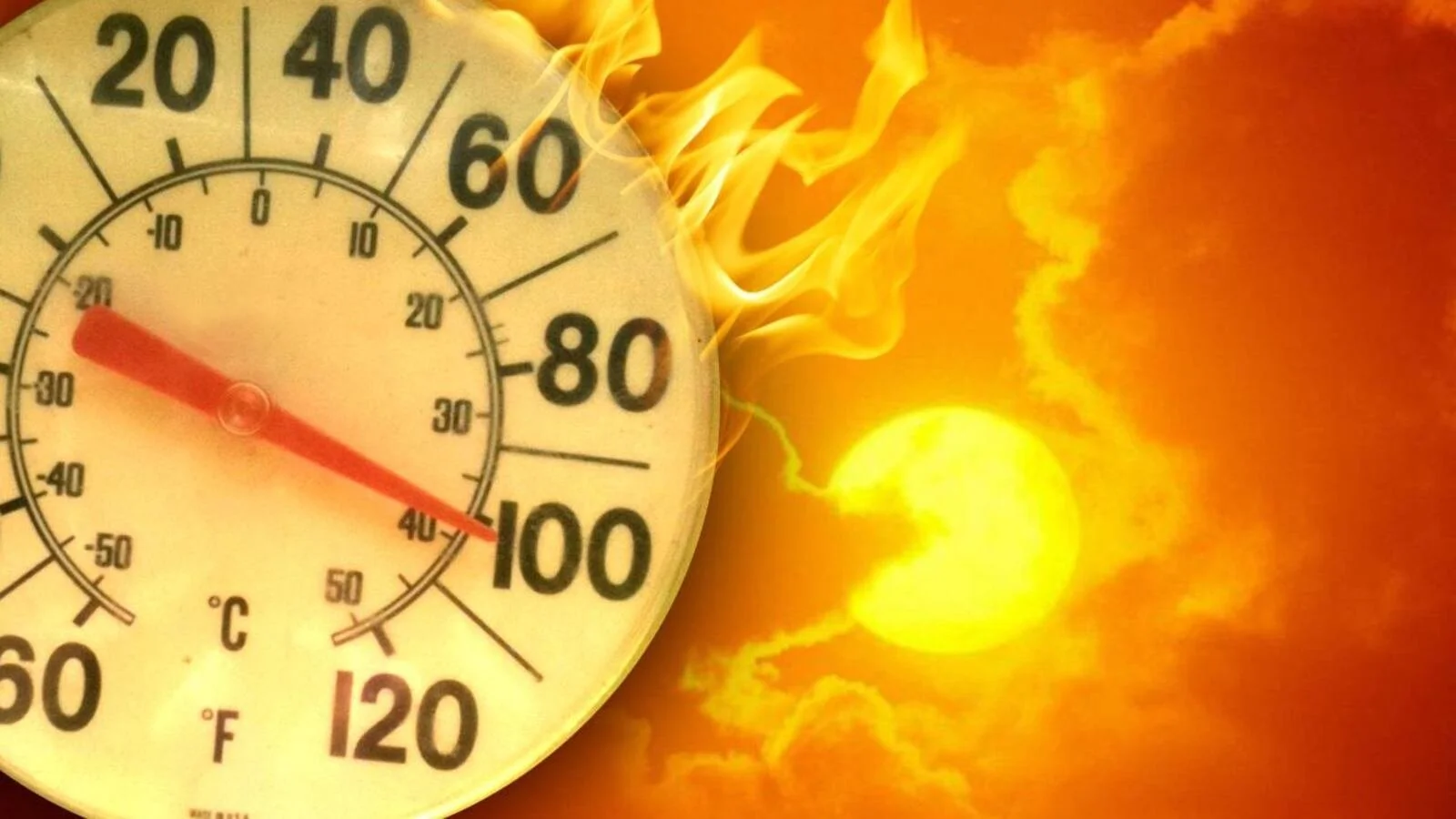Beating the Summer Heat in Las Vegas
/Since we bought our Las Vegas house in 2016, we’ve never spent an entire summer here. First, we were still aboard Nine of Cups and later on we did major road trips that took us away during the summer months. This year, we’re here and it’s triple-digit hot!
We really can’t complain. We chose to live in the Mojave Desert and deserts are hot and dry in the summer. So, if we really can’t ‘beat it’, we can certainly cope with the heat. We’ve read up on acclimating to extreme heat and it’s a gradual process. Here’s how we cope.
1. Exercise, chores & errands early in the day
The coffee’s ready and waiting by 0430. We’re usually up by 0430-0500 each morning which allows us enough time to wake up a bit, read the paper, and be out walking no later than 0600… the coolest time of the day in the Las Vegas summer before the heat builds. Any outdoor chores are done early as well.
2. Cut back on the A/C
We set our A/C to between 78°- 80° F (25-26°C), which might seem a bit warm to some folks, but when we’ve been outside and come in, it actually feels pretty cool.
3. Afternoon siestas
The Spanish have the right idea about dealing with afternoon heat and fatigue… take a nap. We highly advocate afternoon siestas when we can kick back, read, nap or just relax for a while before starting dinner or evening activities. The hottest part of our day is between 1400-1800 (2-6 PM), a great time for napping
4. Acclimate to heat as much as possible
We’ve tried to acclimate ourselves to the increasing heat a little at a time by taking short walks in the evening or early afternoon, to the mailbox, for instance, or the park at the end of our street, maybe doing small chores outdoor, or parking further away from the grocery store entrance (helps getting our minimum daily 10,000 steps, too). Our nephew, Dan, was stationed in Iraq for more than a year. After acclimating to the 120F (49C) temperatures there, he felt cold when the temperature dipped to 100F (38C).
5. Hydrate, hydrate, hydrate
We take water with us everywhere and constantly sip. Whether it’s walking, driving, with meals, or even when we’re watching the tube, water is always close at hand. Keeping hydrated helps us to stay cool.
6. Head for the mountains
The higher the altitude, the cooler it becomes… about 4° cooler per 1000’ altitude gain (6.5°C per km). Our current getaway spots are the nearby Mount Charleston campgrounds at 8000’+ (2438m). Even in the mountains, we try to begin our hikes early in the day rather than risking heat exposure and possible exhaustion later in the day.
7. Sunscreen and lightweight, light-colored clothing
We slather on sunscreen whenever we’re outside for any length of time. We always wear hats and light colored clothing and if we’re hiking, we wear long sleeve Sahara shirts to protect us from the sun.
8. Recognize the signs of heat exhaustion / heatstroke
It’s easy to overdo it. We’re very cognizant of signs of heat exhaustion: heavy sweating, weakness, dizziness, headache, nausea, muscle cramps, and a fast, weak pulse. If any of those symptoms are felt, we immediately get to the cool. Heatstroke is worse and can be fatal. It’s easy to succumb if you’re not used to dealing with extreme heat conditions.
We’re not really ‘beating the heat’, we’re learning to live with it and adapt. We might as well get used to it, the future portends to be even hotter.



